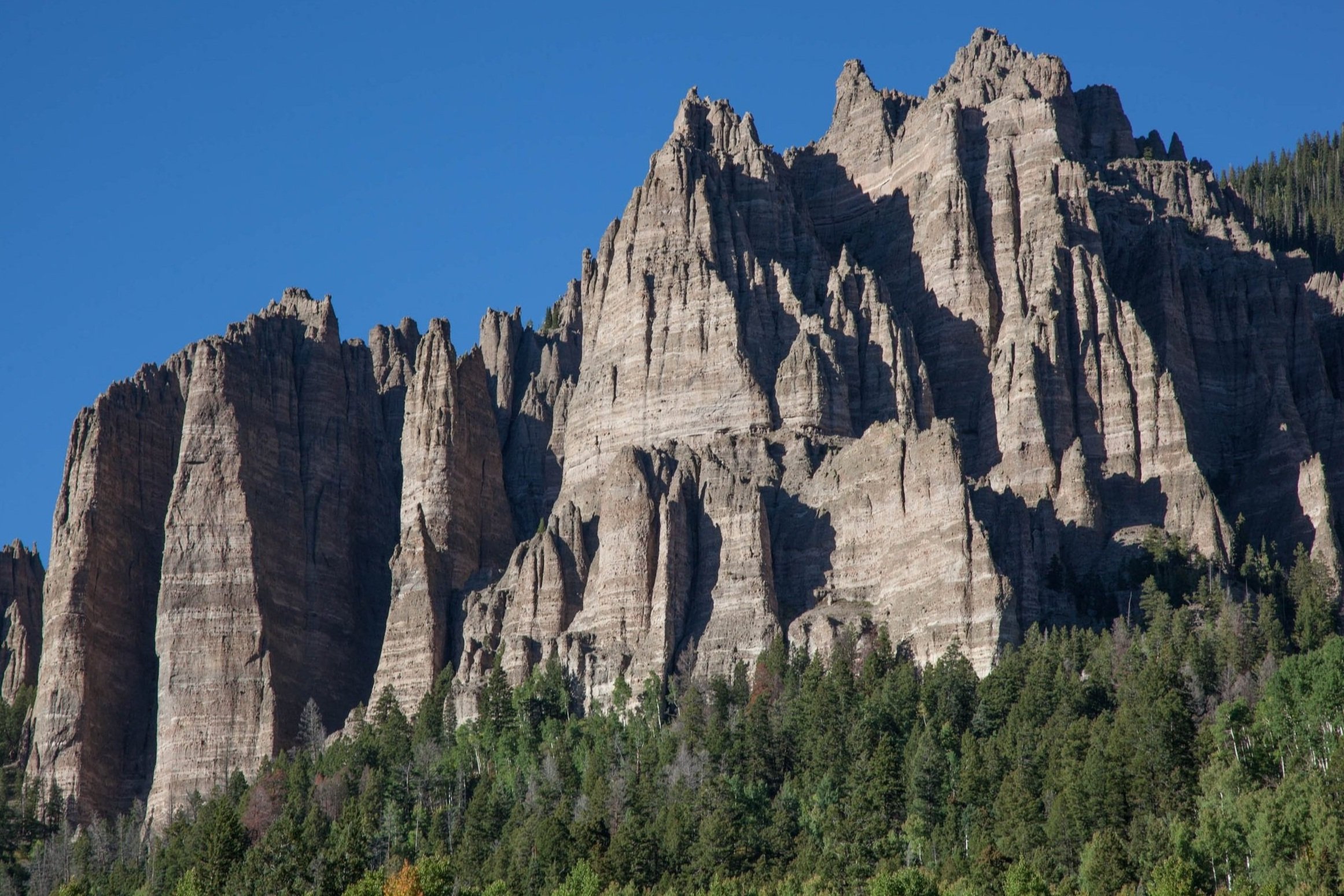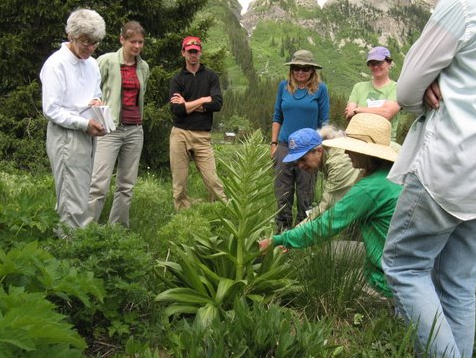
Scientific Research
Gunnison County’s public lands play a critical role in the advancement of science.
Through the Rocky Mountain Biological Laboratory (RMBL), and in collaboration with Western Colorado University (WCU), local, state, and national agencies, Gunnison County hosts one of the largest gatherings of field biologists in the country.
Approximately 150 students and scientists visit from colleges and universities around the world to conduct field research and receive scientific training, most of which occurs on public lands in the Gunnison Basin.
A range of federal agencies, including the National Science Foundation, the Department of Energy, and the National Institutes of Health, collectively spend more than $10 million annually for research that depends at least in part on fieldwork on public lands in Gunnison County.
Collectively, this research represents one of the nation’s largest financial investments in field research conducted in a single region.
Because of the infrastructure support for this research, and the value of past research to future research, the importance of Gunnison County to the nation’s scientific portfolio is likely to increase.
DISCOVERY THROUGH PUBLIC LANDS.
In addition to serving as a platform for discovering biological, hydrological, and geological processes, this research informs our understanding of food security, water quality and quantity, human disease, and air quality. Examples of the impacts of Gunnison Basin research includes informing national policy (e.g., the revision of the Clean Air Act), providing insights into management of natural systems (e.g., national and international pollinator initiatives), sparking the creation of instream flow rights in Colorado, and, as host to the largest collection of long-term studies in the United States, providing understanding of a changing world.
While this research is important at the national level, it also directly benefits the local communities. Scientists from WCU and RMBL ensure that decision-making is informed by the best available science.
Scientists are actively involved in discovery and management of endangered species such as the Gunnison sage-grouse and the Uncompahgre fritillary butterfly, identification and management of critical and sensitive habitats, water management, and general planning.
SCIENCE FOR ALL.
This research also provides opportunities for the public to engage in the scientific process, including learning about the outdoors, sensitive and rare species, and natural processes exemplified in this unique region. Both RMBL and WCU provide opportunities for inquisitive citizens at all levels to learn about natural sciences in an outdoor environment.
The value of research in the Gunnison Basin depends upon a portfolio of ecosystem types and access that ranges from sites that are managed primarily for long-term security of research, to sites owned privately by individuals willing to provide access, to research sites on public lands.
Research on public lands is managed within the context of multiple use, and depends on thoughtful land management that includes long-term protections for research sites and the landscapes on which they often depend. For these and many other reasons, access to and protection of public lands for scientific research should remain a critical part of public land management in Gunnison County.


